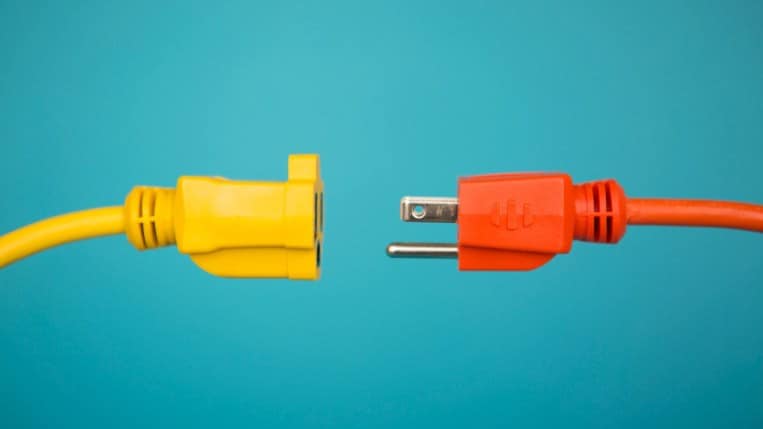
Charging an EV? Don’t Use an Extension Cord
 A lot of electric powered car companies supply a Stage 1 charging cord when you acquire an EV or a plug-in hybrid (PHEV). These “trickle chargers” really do not demand special tools to use and connect to a typical 120-volt electrical outlet at residence or elsewhere. The cable duration can assortment from 6 toes to 20 ft or a lot more depending on auto make and product.
A lot of electric powered car companies supply a Stage 1 charging cord when you acquire an EV or a plug-in hybrid (PHEV). These “trickle chargers” really do not demand special tools to use and connect to a typical 120-volt electrical outlet at residence or elsewhere. The cable duration can assortment from 6 toes to 20 ft or a lot more depending on auto make and product.
If that charging cable is not very long ample to plug into a nearby outlet, you may well be tempted to use an extension twine. Here’s why you should not.
Why You Shouldn’t Demand an EV With an Extension Wire
Charging an EV involves extra electrical power than the amount of money common household appliances need to have. As a result, EV chargers include thicker wires that can deal with a lot more electrical power than scaled-down gauge wires in common extension cords.
“While some electrical automobile house owners have claimed using a usual extension wire, we never propose it,” claims Kelley Blue Book Government Editor Brian Moody. “In point, Kia and other automakers specially say not to use an extension twine in the owner’s handbook. An electric auto pulls far more electricity than a standard house equipment, and utilizing a regular extension twine when charging can hurt your residence and automobile.”
Operator manuals are specific with their warnings, these as this 1 from Chevy to Bolt proprietors: “Do not use extension cords, multi-outlet electric power strips, splitters, grounding adaptors, surge protectors, or very similar equipment.”
A Amount 1 cable offers a slower “trickle” cost and supplies a several miles of vary for every hour, which is suited for a lot of PHEV proprietors. Pairing an extension wire with the charger restricts the voltage transfer. This setup will get even more time to strengthen your battery, in addition to developing safety issues.
Hazards of Applying an Extension Cord to Cost
Since charging an electric powered auto draws a big amount of power, an extension cord might overheat if you hook up it to the charging cable. The chance of fire increases for the reason that the extension twine attempts to transmit extra electrical power than it was designed to carry. Overheating cords can melt plugs and receptacles, and the fireplace hazard is higher when remaining unattended overnight or while you’re not dwelling.
Yet another basic safety chance is electrical shock. An EV charging cable is additional risky when related to an extension twine. Rerouting the electrical power supply from your electrical outlet by way of an extension compromises the balance of this ability transfer. Inserting and eliminating the plug then results in being a riskier process.
How to Correctly Join a Stage 1 Charger
Talk to a certified electrician if you’ll be connecting an EV or PHEV to a Amount 1 charging cable for long-phrase, at-dwelling charging. An electrical auto offer equipment (EVSE) professional can guarantee you have a focused circuit to guidance the ability load.
- Turn off your EV in advance of each charging session.
- Insert the charging cable into a 120-volt AC receptacle.
- Open up the EV’s charging port doorway and hook up the charger.
- Charging need to get started when the cord is linked.
- Disconnect the charger from the car when the charging session is finished.
- Coil the Degree 1 charging cable neatly to guard it from destruction.
- Retail outlet the wire in your auto for possible use absent from home.
